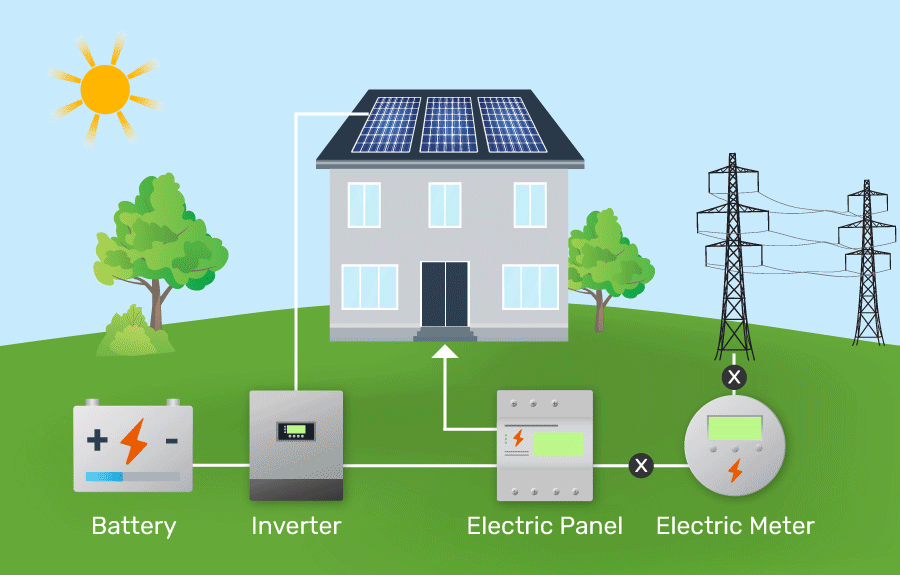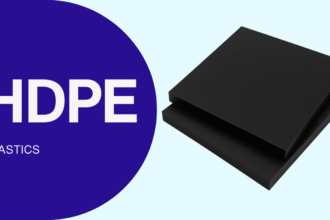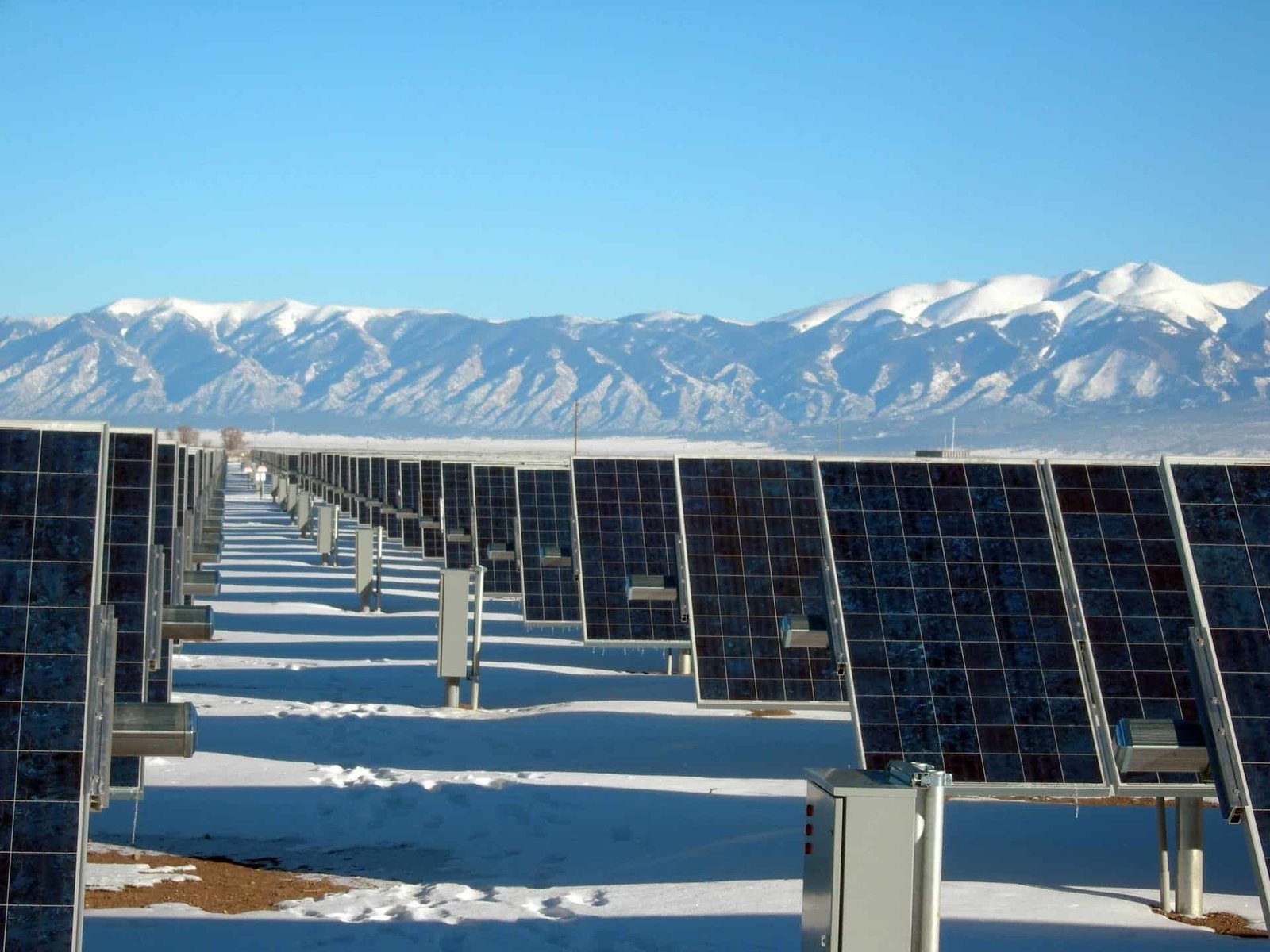Are you considering going solar?
This is a fantastic idea. Few utilities can match the value and return solar provides. However, once you start researching, you’ll hear all sorts of complicated terms thrown around in relation to your solar energy system.
If you plan to go solar, you’ll want to understand those terms. The two main types of solar panels are PV arrays and PV modules.
Though it can take some time to grasp all the differences, this will empower you to make fully informed decisions when it’s time to purchase solar panels for your home.
Design of PV Array and PV Module
The design of a photovoltaic (PV) array and PV module are two distinct concepts. A PV array is a large collection of small- to medium-sized PV modules combined in an electrical system.
A PV module, on the other hand, is a single solar panel. PV modules contain interconnected photovoltaic cells, which convert sunlight into DC electricity. On a larger scale, the PV array collects and combines numerous modules to generate higher electrical current, voltage, and power.

The PV array design should be an optimal connection pattern to ensure that the entire PV array supplies the most amount of power. Moreover, the array’s design should meet structural and power needs while taking into account shading and setting conditions.
In contrast, PV modules are designed with aesthetics and cost in mind. As such, they must meet physical and electrical safety requirements. Furthermore, PV modules must be optimized to generate cost-effective power within their compatibility parameters.
Power Output
A photovoltaic (PV) array is the total output of a PV system, composed of multiple PV modules wired together in series and parallel. A PV module is a single PV panel with its own unique characteristics, typically rated for maximum power output.
The power output of different PV arrays is variable and depends on the number, type, orientation, and shadowing of the modules. A single PV module can have a maximum power output ranging from 50 watts to 330 watts.
A PV array has higher power output than a PV module because of the combination of multiple module outputs. In PV arrays, modules are wired in a way so that the module with the highest output and lowest temperature coefficient will be in parallel connections, maximizing the total power output of the system. The power output of PV arrays can range from hundreds to megawatts.
A PV array can produce greater outputs than a single module, as multiple modules can be connected in series or parallel. Therefore, a PV array is capable of producing higher power outputs than a single module. Although two PV modules are considered part of a PV array, the overall power output of the array is determined by a combination of the modules’ individual capacities and numbers.
Number of PV Solar Cells in the Assembly
The main difference between a PV array and a PV module is the number of PV solar cells in the assembly. A PV array consists of a large number of interconnected solar cells, typically several hundred or even thousand.
The cells are then wired together in series and mounted on a rack. This allows the system to capture a much higher amount of sunlight and convert it into electricity.
On the other hand, a PV module typically consists of only a few solar cells, typically no more than 16. This is ideal for roofs that don’t have enough space for a full-fledged array. The module can still produce a decent amount of electricity, but it’s not as efficient as the larger array.
Both are great options for producing solar energy. However, choosing between the two will depend on the particular needs of your project.
Applications of PV Array and PV Module
PV Arrays are used in a variety of applications such as grid-tied systems, off-grid systems, and rooftop installations. This makes them the most common and popular power source for solar energy.
PV Modules are the building blocks of a PV Array and contain photovoltaic cells, wiring, and casing. Due to their compact size and ease of installation, PV Modules are useful for small-scale applications such as portable, mobile, and other off-grid power applications. They are, however, far less efficient than PV Arrays and are limited to what their size can produce.
PV arrays are also used in small-scale applications, such as home solar energy systems. PV modules are also used in larger-scale applications, such as solar panels on commercial rooftops or solar farms.
PV modules are typically made of non-renewable materials and tend to be more efficient than PV arrays. They can also be more cost-effective due to the larger scale of their installation.
Types of Connections
An array is a set of solar modules that are grouped together to form a unified system with a common output. On the other hand, a PV module is an individual panel or grouping of PV cells that are manufactured to generate power when they are exposed to light.
When it comes to types of connections, PV Arrays tend to be connected in either series or parallel connections. The PV module connections typically come in the form of a single parallel string connection or two series strings.
The advantage of a series connection is that it has a higher voltage output which is beneficial for feeding into inverters. A parallel connection has a higher current output which can be beneficial when one of the modules experiences shading. Consequently, these types of connections can affect the overall system output and efficiency when implemented in a PV Array or PV Module system.
Size and Shape of Modules
A PV array is the entire system, which includes one or more strings of PV modules, the racking for mounting. There are also other components such as the power inverter, electricity meters, and AC/DC wiring. The PV module is the smallest unit of the array, composed of single solar cells wired together and usually packaged in a frame.
From a size and shape perspective, a PV array may be composed of multiple modules as small as 1 foot by 1 foot. It can also be as large as 4 feet by 6 feet.

PV modules, however, are typically limited to a rectangular shape and sizes of 1 foot by 3 feet and smaller. Additionally, larger modules are not as efficient as those with smaller areas. For this reason, the PV modules selected should match the total area required for the PV array.
Ideal Setup
PV array and PV module are two integral components of an ideal solar setup. A PV array is a collection of solar modules, strings of PV cells, and all the connected components assembled into a framework. PV module, on the other hand, is a single mass of usually 6, 12, 18, or 24 photovoltaic cells joined together and encased in a protective frame.
Since the power generated by a single cell is relatively low, multiple cells form a PV module to provide adequate power. PV array, however, consists of multiple PV modules connected together in series, parallel, or in both configurations. This will have to depend on the desired voltage, current, and power requirement. By contrast, a PV module doesn’t require connections as it delivers a single, uniform output.
The major difference between a PV array and a PV module is that a PV array provides larger, customized results depending on current and voltage requirements. On the other hand, the PV module provides direct uniform power output.
Cost Considerations for PV Arrays and Modules
Generally, arrays are more cost-effective than modules, as they offer up to 30% in energy savings. However, when considering the total costs, including installation and maintenance, this is not always the case.
Modules are usually more efficient than arrays. This results in greater energy production and therefore lower operating costs.
In addition, the up-front cost of purchasing modules is typically more than that of an array system. Therefore, when it comes to cost considerations for PV arrays and modules, both options should be thoroughly analyzed to determine the most cost-effective solution.
When you are ready to make the switch to solar, then you have to be sure that you contact an expert. With this, you will be able to understand so many things prior to making such an investment.
Installation and Maintenance
Maintenance of the system includes checking the wiring and connections and monitoring electrical performance. Also, cleaning and inspecting the modules, and troubleshooting issues as they arise must be dealt with. PV modules typically require less maintenance than a PV array as they don’t require as many components and connections.

Installation of a PV array requires more attention than a single panel, as it consists of various components such as inverters, cables, mounting structures, etc.
Inverters
Inverters in PV Array play an essential role. It allows the current from the PV Array to be converted from Direct Current (DC) to Alternating Current (AC), which is what most households use for their electricity. Inverters in a PV array thus not only remarkably reduce the costs of energy conversion but also allow us to control and distribute energy more efficiently.
Inverters also ensure maximum efficiency by regulating the voltage and current of the system. This helps prevent any burnouts that may occur from an overload.
Cables
In a PV Array, the cables used to connect the modules are called interconnect cables. These are DC power cables that connect the modules and allow the total voltage of the array to be changed. The cables in a PV module are the photovoltaic cells, typically linked together in a series to facilitate current flow, and the back sheet-covered junction box, which offers protective insulation and wire connections.
When connected in an array, Photovoltaic cells become modules that are then connected with interconnect cables to form a single array. The cables in a PV array can be constructed of different materials depending on the project.
Usually, they use a combination of electrical conduit and DC wiring. By connecting the PV Modules in an array, the amount of power generated can be increased and the voltage needed to perform an installation can be stabilized.
Mounting Structures
Mounting structures in PV arrays are typically done in an array configuration or a streamlined configuration, while PV Modules are mounted individually. In the array configuration, PV modules are mounted in a horizontal or vertical line, while in a streamlined configuration, they are mounted to a frame in a single line.
In both cases, each PV module in the array is designed to collect and convert energy from the sun into electricity. Mounting structures for PV modules are usually custom designed. This is to meet the project’s specific needs, with the goal of increasing system efficiency, allowing for optimal placement of the PV modules, and simplifying installation.
Are You Now Ready to Go Solar?
PV array and PV module have unique differences. Whereas a PV array is a group of solar panels organized in strings, a PV module is a single panel of solar cells. Considering this, the PV module serves as the main structural component within a PV array, but each component is vital to the entire solar power system.
Make sure to do your research before deciding which solar panel equipment is the best for your system. It would be to speak with specialist to make sure you are able to purchase what is right for your needs.
For more essential tips, make sure to check out the rest of our blog.








